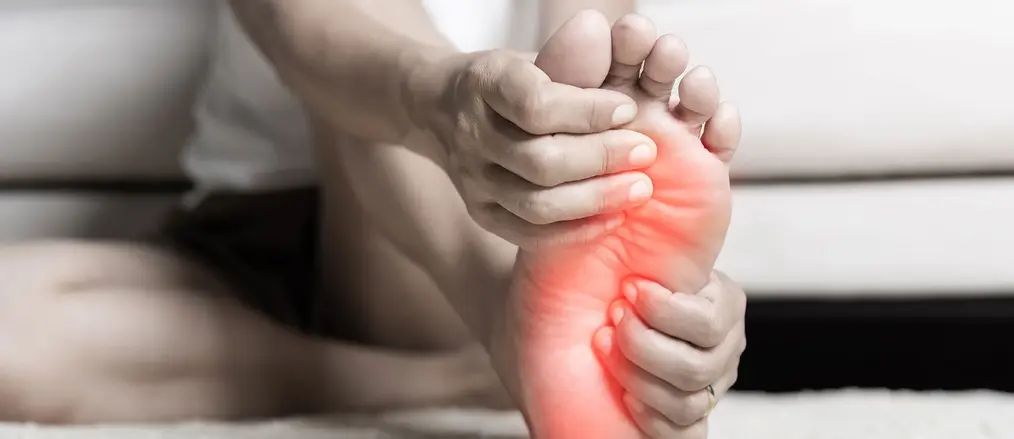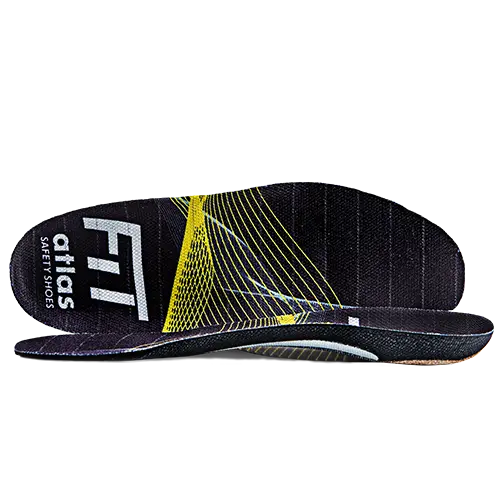Diagnosed with a malposition of the foot – What needs to be done?
The timely detection of malpositions of the foot is crucial, as they can lead to permanent discomfort and dysfunction if left untreated. You do not necessarily have to feel malpositions in your feet. Due to the connection and meeting of numerous muscles in the foot, small asymmetries can cause major changes in completely different areas of the body – for example, in the back, neck, knees or hips. Malpositions of the foot are treated conservatively using insoles, physiotherapy or targeted training. In severe cases, surgical correction may also be necessary, but this is rare. Anyone who suspects a malposition of the foot should consult an orthopaedist or podiatrist. If you have a minor complaint or want to actively prevent an imminent malposition of the foot, semi-orthopaedic shoe insoles can be the right choice: These are individually adjusted to the foot within a few minutes and provide additional support for the arches.
DID YOU KNOW, THAT...?
Dr. med. Matthias Manke explains.
Please note: Once you watch the video, data will be transmitted to Youtube/Google. For more information, see Google Privacy.
Which malpositions of the foot do we have here?
Flat feet, splayed feet, fallen arches, skew feet – The ABC of foot malpositions
Fallen arches
If the longitudinal arch sinks, the result is fallen arches. The heel area here is tilted inwards, which can lead to overloading of the inner ankle and ankle joint. This malposition can be caused by weakness in the arch of the foot, by injuries, but also by overweight.

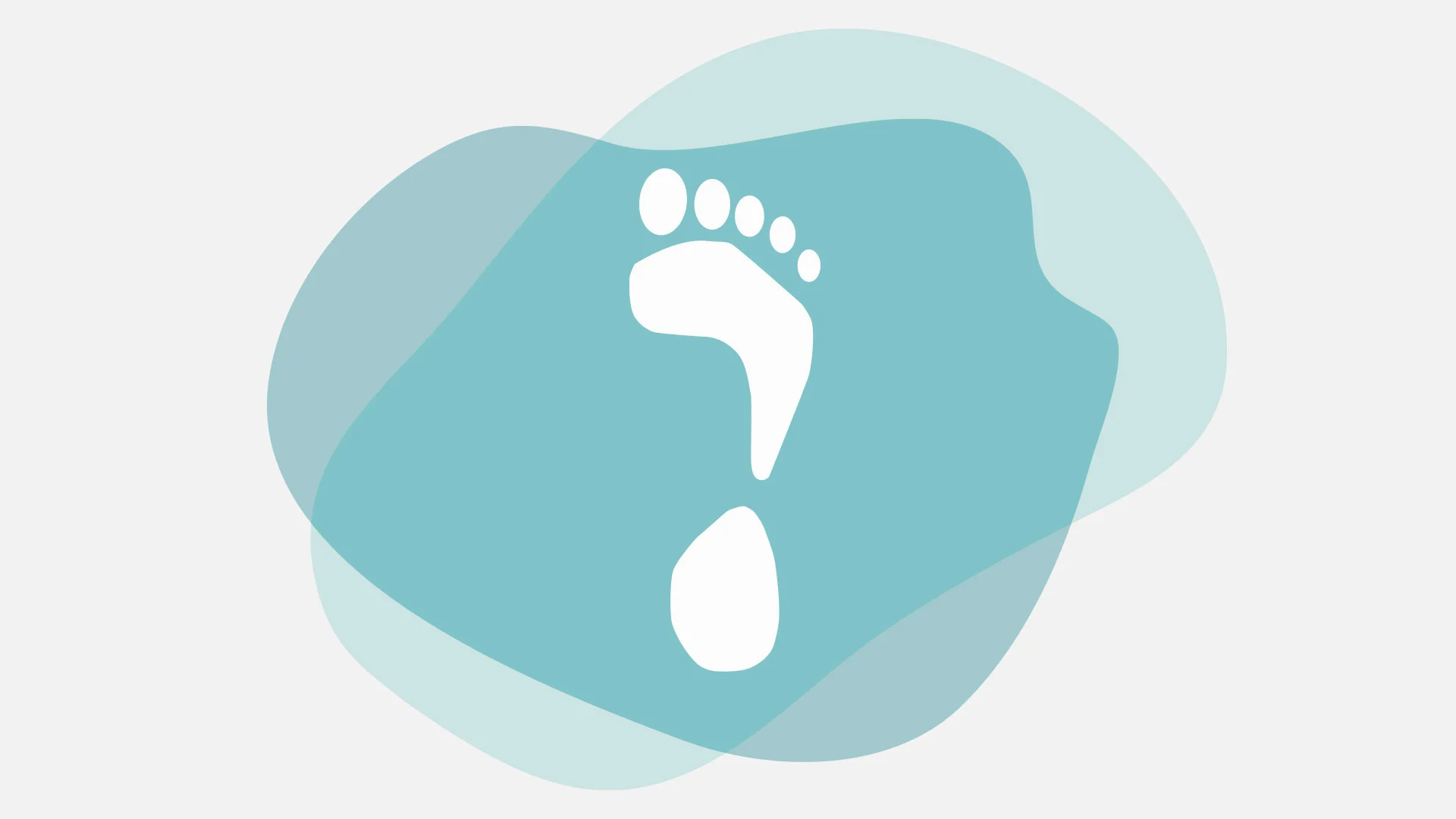
Skew feet
If there is a loss of stability in the ankle joint, the foot bends and the result is skew feet. In contrast to fallen arches, the heel area of skew feet is tilted outwards. Skew feet can also be congenital or caused by external circumstances and are often favoured by weak connective tissue.
TO OUR ORTOPHEDIC SOLUTIONS ➔
Splayed feet Spreizfuß
If the transverse arch sinks, splayed feet develop. In this case, the transverse arch of the foot is flattened, which leads to a splaying of the metatarsal bones. Splayed feet can be caused by excessive strain, incorrect footwear, but also by a congenital weakness of the connective tissue.
TO OUR ORTHOPEDIC SOLUTIONS ➔
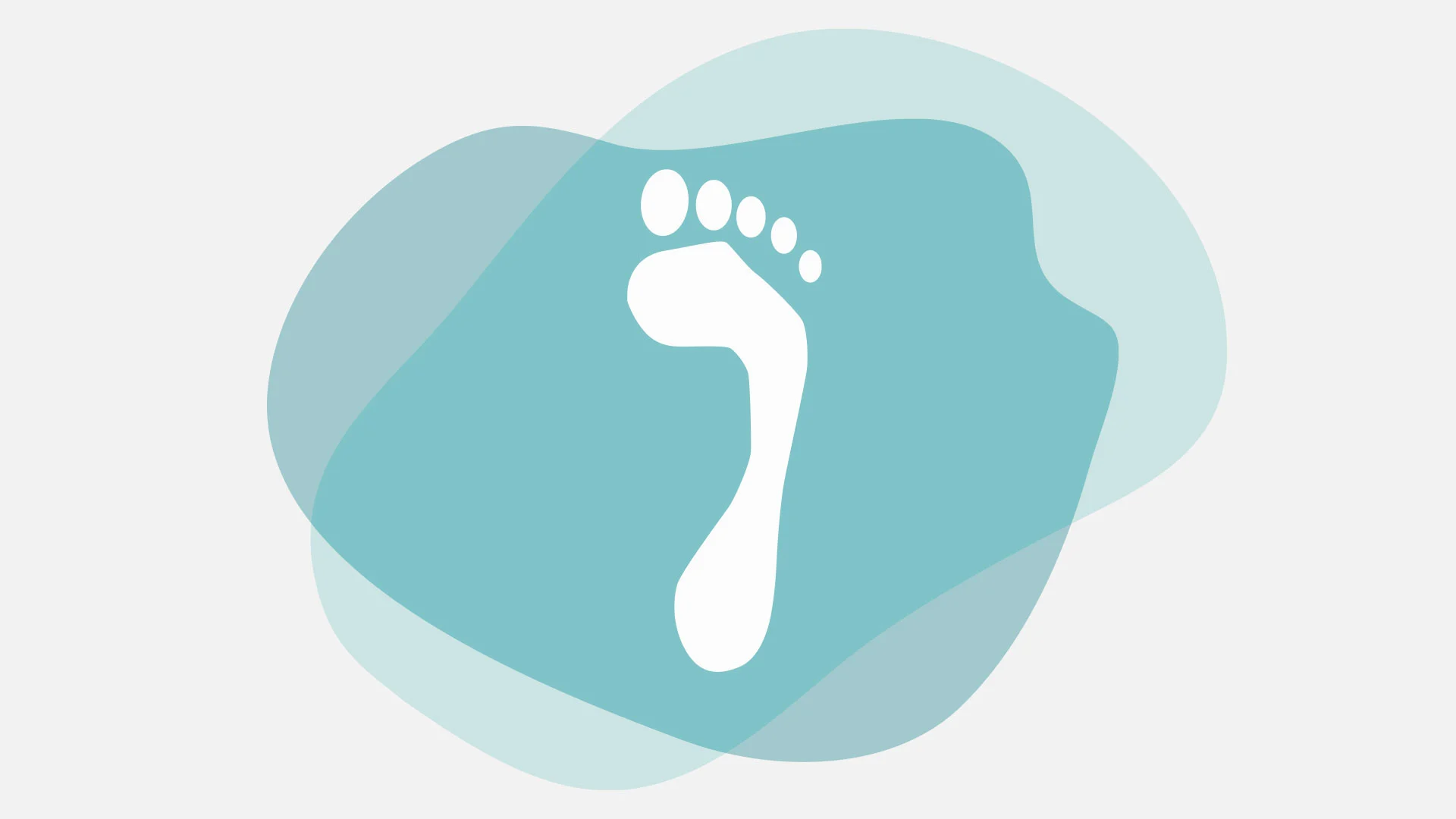
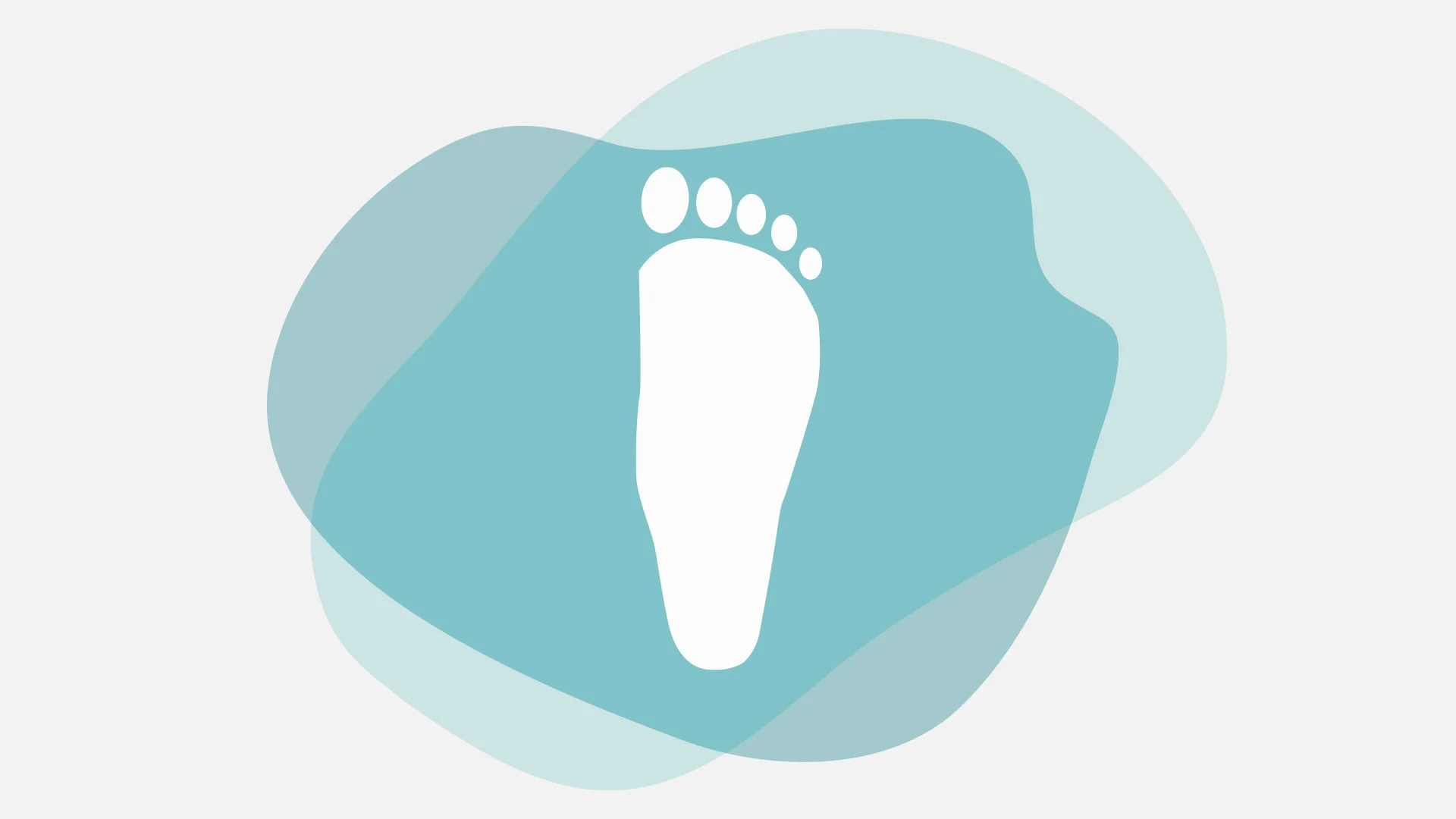
Flat feet
If there is no longer an arch at all, the feet are flat. The longitudinal or transverse arch of the foot is completely missing, which means that the entire surface of the foot touches the ground when standing. This malposition can be congenital or develop over the course of a lifetime. It can be caused by weak ligaments and muscles, injuries, excess weight or wearing unsuitable shoes.
Highly arched feet
In this case, the longitudinal arch of the foot is excessively pronounced, and forms a high arch. This puts more strain on the foot. Highly arched feet can be genetic, or caused by nerve disorders, muscle weakness, or neurological disorders.
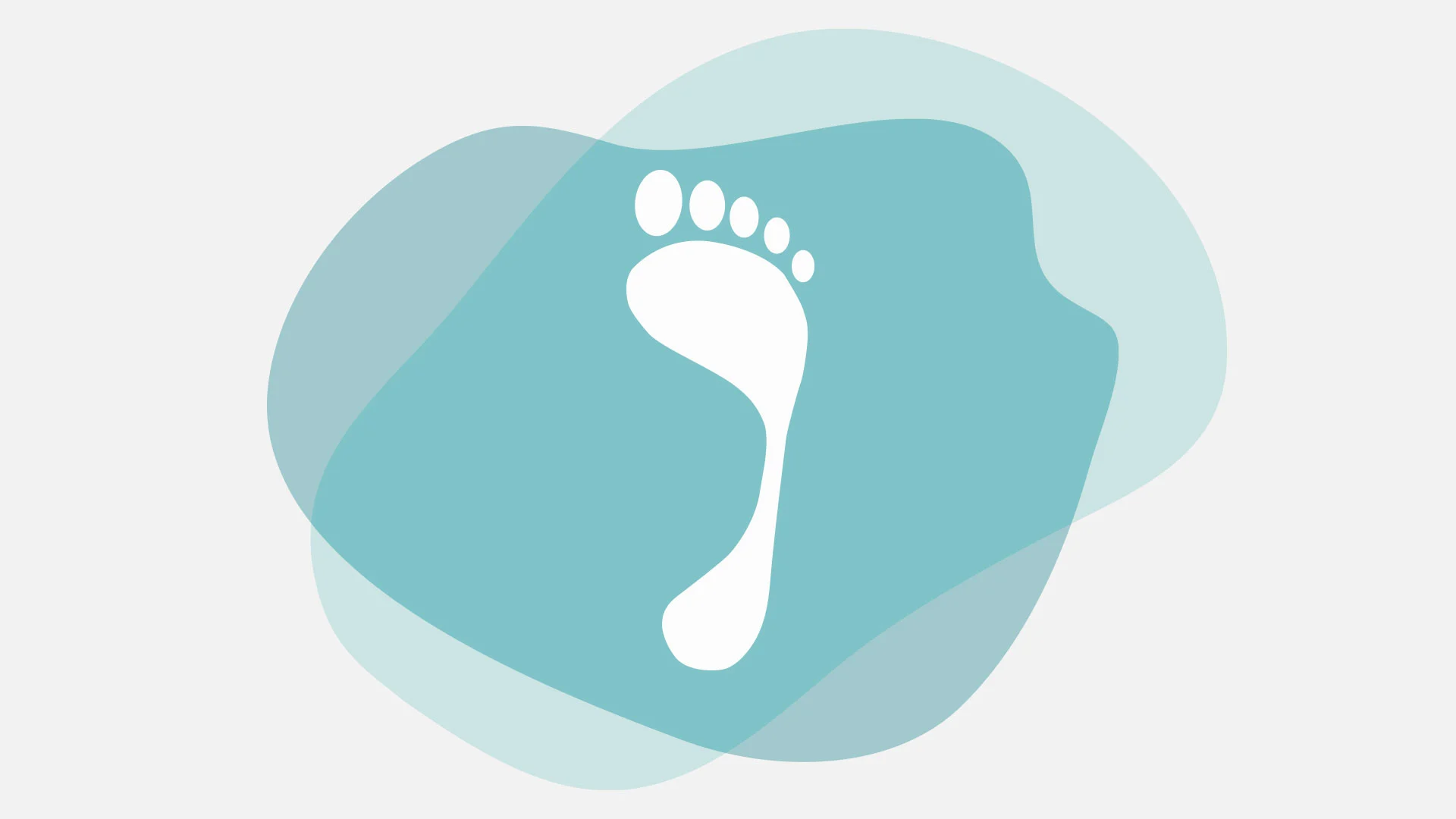
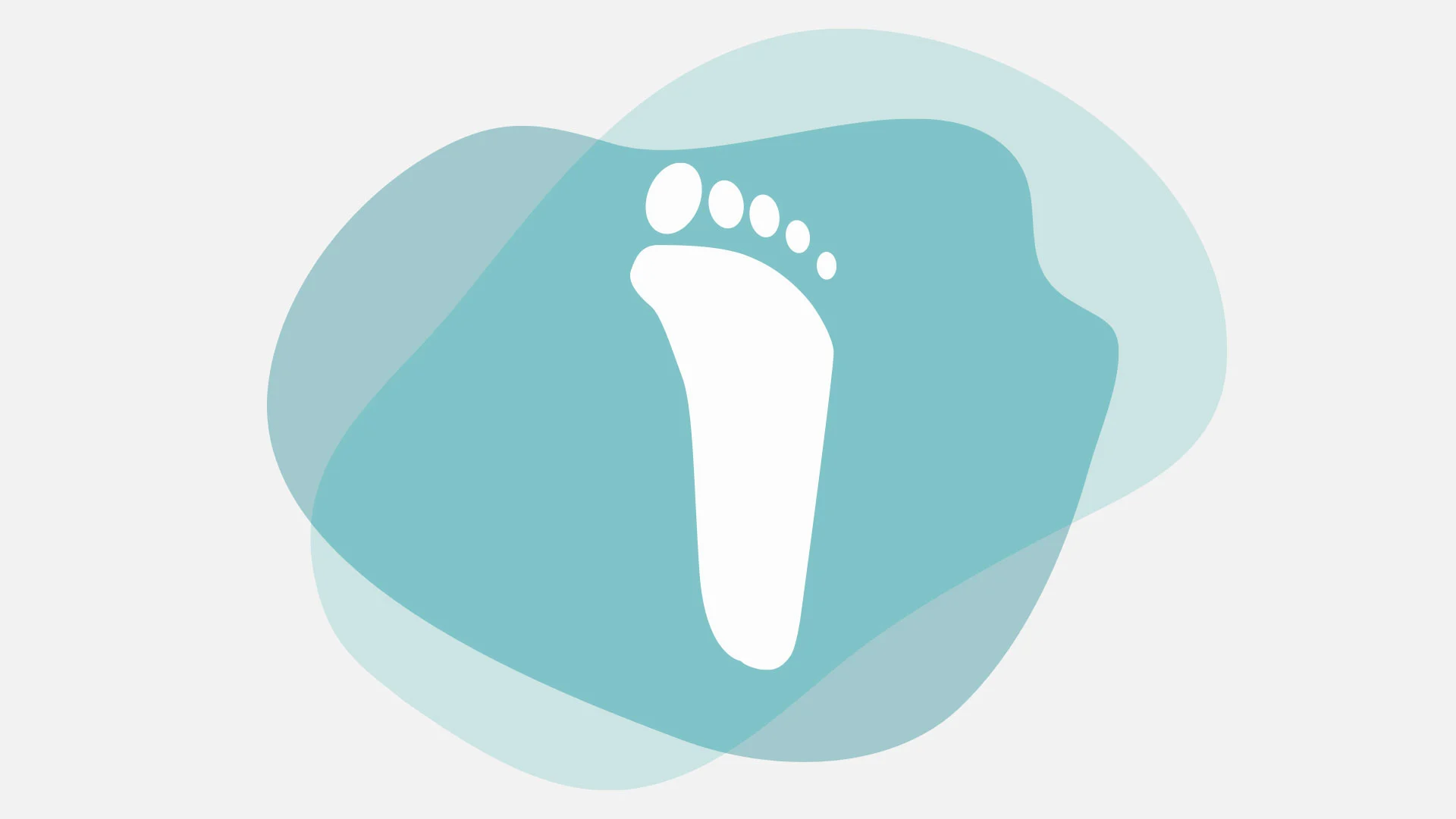
Hallux valgus
In this much feared malposition of the foot, the first bone in the metatarsus shifts outwards just below the big toe until it protrudes strongly. A bunion (hallux valgus) is formed and the entire forefoot becomes wider. This malposition is often favoured by wearing shoes that are too tight or high heels, but it can also be caused by rheumatic disorders or other foot malpositions such as splayed feet and fallen arches, because two to three foot changes often occur at the same time. Once the hallux valgus is pronounced, many shoes no longer fit. Some manufacturers therefore develop special models with a particularly large width in the forefoot area.
WALK BETTER WITH THE FIT INSOLE
Every foot is different. How is a single insole supposed to optimally fit thousands of foot sizes and shapes? The answer is provided by ATLAS: With the aid of flowmould technology, the FIT INSOLE can be individually tailored to the unique arch of your foot.
LEARN MORE ➔
